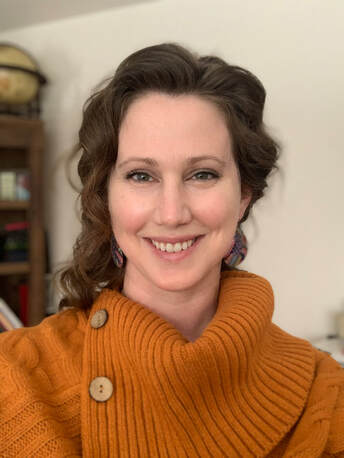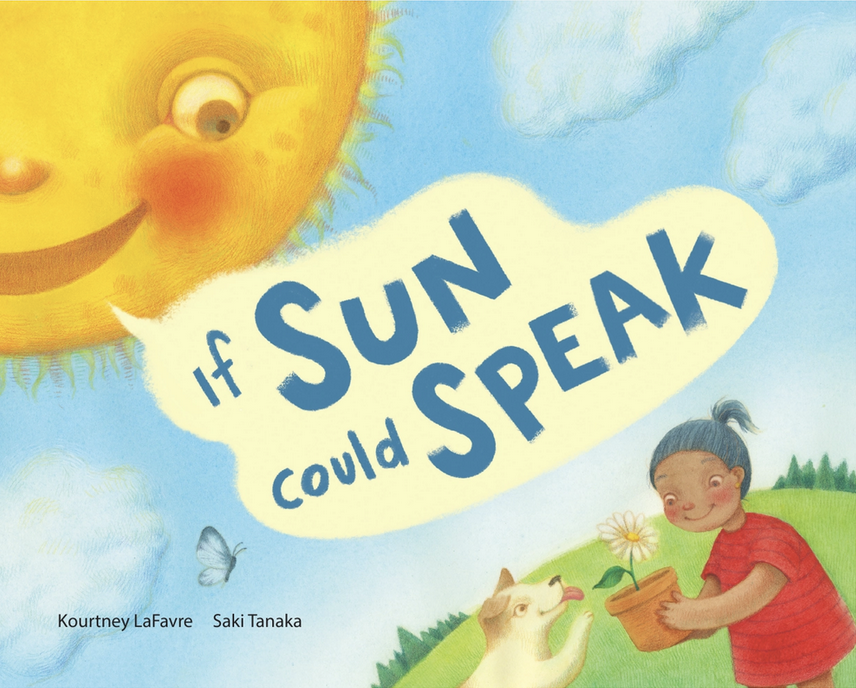By Kourtney LaFavre
Kidlit writers have a unique ability to transport young minds into fantastical worlds, sparking their imagination and curiosity. But have you ever considered taking the role of a scientist in creating remarkable stories? Just like scientists use observation, experimentation, and critical thinking to unravel the mysteries of the universe, children’s book writers can employ a similar mindset to create their next unforgettable story. Let’s explore how thinking like a scientist can lead to the creation of a truly exceptional children’s story.
1. Observe the World Around You
Scientists begin their journey by keenly observing the world around them. Similarly, as a children’s book writer, your first step is to be an astute observer of children, their interactions, and their environment. Pay attention to their behaviors, interests, and questions. What excites them? What perplexes them? These observations will serve as your foundation, helping you craft relatable characters and situations that resonate with your young readers.
2. Ask “What If?” Questions
The heart of scientific inquiry lies in asking “What if?” questions that spark curiosity and exploration. Apply this principle to your writing process by asking questions like, “If this animal could talk, what would it say? What would it want people to know?” or “Why is this happening?” These imaginative queries can be the seeds of captivating story lines that take your readers on incredible journeys.
3. Experiment with Ideas
Scientists conduct experiments to test hypotheses and uncover new information. Similarly, you can experiment with various story elements to find the perfect combination. Try different character traits, settings, and plot twists to see how they interact and evolve. Just like a scientist learns from failed experiments, your discarded ideas can provide valuable insights that guide you toward the right narrative path.
4. Embrace Curiosity
Children are naturally curious, and scientists harness this curiosity to explore uncharted territories. As a children’s book writer, channel your inner child and approach your writing with a sense of wonder. Delve into topics that intrigue you and take your readers on a journey of discovery. Whether it’s a hidden magical realm or the depths of the ocean, your enthusiasm will be contagious.
5. Research and Learn
Scientists dive into research to expand their knowledge base and make informed conclusions. Similarly, thorough research is crucial for crafting authentic and credible children’s stories. Whether you’re writing about a specific time period, scientific concept, or cultural tradition, accurate details enrich your storytelling and deepen the reader’s engagement.
6. Collaborate and Seek Feedback
Scientists often collaborate to share insights and refine their theories. Similarly, connecting with other writers, editors, and beta readers can provide fresh perspectives on your story. Constructive feedback helps you refine your ideas, characters, and plot, ensuring your story resonates with its intended audience.
7. Embrace the Unknown
In the world of science, breakthroughs come from embracing uncertainty and venturing into the unknown. As a writer, don’t be afraid to take risks and explore new narrative territories. Surprise your readers with unexpected twists and turns that challenge their assumptions and keep them eagerly turning the pages.
By thinking like a scientist, children’s book writers can infuse their stories with wonder, authenticity, and creative magic. Just as scientists uncover hidden truths about the world, you can uncover the hidden depths of your imagination and create stories that captivate young minds for generations to come. So, observe, question, experiment, and explore—let your inner scientist guide you on your quest to craft your next great children’s story.





